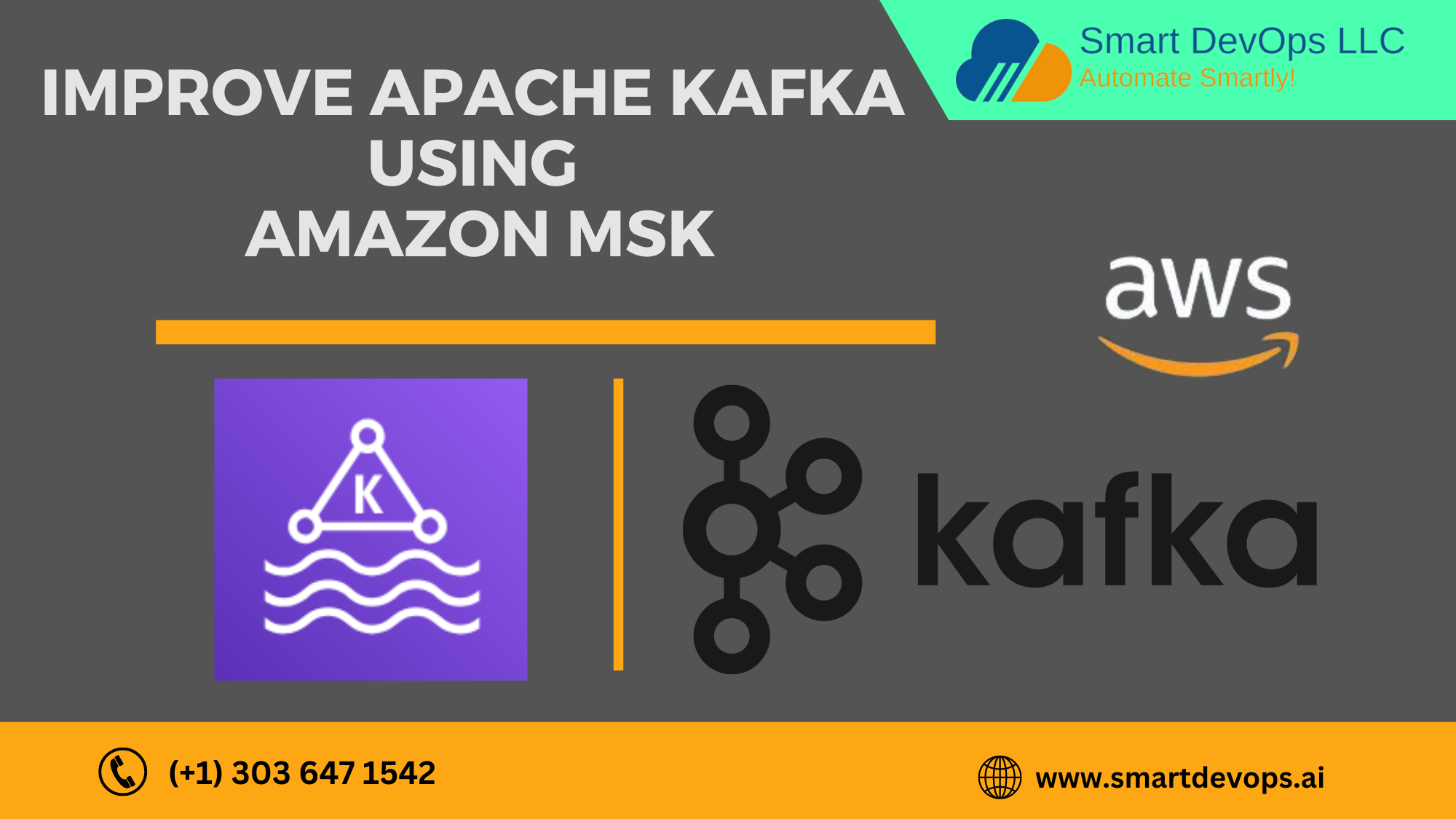
Introduction
Apache Kafka is a cornerstone in the world of data streaming, known for its ability to handle vast amounts of real-time data with high throughput. However, as Kafka deployments grow in size and complexity, the traditional architecture can encounter challenges in maintaining scalability and resiliency. Amazon Managed Streaming for Apache Kafka (Amazon MSK) addresses these challenges with its tiered storage feature, offering a robust solution that optimizes storage costs, enhances performance, and simplifies scaling.
Understanding Apache Kafka Availability 🤔
Replication 🎛️
Kafka ensures data redundancy and availability through partition replication. Each partition is duplicated across multiple brokers, with one broker acting as the leader and the others as followers. The replication factor, which defines the number of replicas per partition, affects fault tolerance and resource usage. Kafka keeps a list of in-sync replicas (ISRs) for each partition, ensuring that only fully synchronized replicas can become leaders, thus maintaining up-to-date and reliable data.
Consumer Group Rebalancing📊
Kafka consumers are organized into consumer groups, with each consumer in the group responsible for consuming a subset of the partitions in a topic. This allows Kafka to scale out horizontally, as additional consumers can be added to the group to share the load. If a consumer fails, Kafka automatically rebalances the consumer group, reassigning the partitions that the failed consumer was responsible for to the remaining consumers. This automatic rebalancing ensures continuous data consumption.
Challenges with Traditional Kafka Storage Architecture📦
Slow Broker Recovery🛠️
When a Kafka broker fails, recovery involves reassigning its partitions and transferring data from remaining replicas to a new broker. This process can be slow, especially for large data volumes, leading to reduced redundancy and increased risk of data loss if another broker fails during recovery. Additionally, the cluster experiences prolonged periods of reduced availability and performance degradation while the data is being replicated.
Inefficient Load Balancing🔄
Load balancing in Kafka, which involves redistributing partitions among brokers, can be resource-intensive and time-consuming due to the large data transfers required. This process increases network and CPU load on the involved brokers, potentially impacting overall cluster performance. The data transfer time can also create imbalances, with some brokers becoming overloaded while others remain underutilized.
Scaling Limitations🔐
Scaling a Kafka cluster involves adding new brokers and rebalancing partitions, which requires significant data transfer from existing brokers to new ones. This process can be disruptive, consuming considerable network bandwidth and CPU resources, and may impact cluster performance. For large clusters with high data volumes, scaling can be particularly challenging due to the extended time needed for partition rebalancing.
How Amazon MSK Tiered Storage Enhances Kafka Scalability and Resiliency📈
Minimizing Downtime and Performance Degradation🛠️
In traditional Kafka setups, brokers' local storage can slow recovery times after a failure. Amazon MSK tiered storage improves this by moving data from fast Amazon EBS volumes to cost-effective remote storage over time. New messages are written to EBS, while older data transitions to tiered storage based on retention policies. If a broker fails, it only needs to recover data from the local tier, speeding up recovery and reducing downtime and performance issues.
Reducing Resource Consumption⚡
With Amazon MSK tiered storage, load balancing is more efficient as only active data on local EBS volumes needs to be moved, while older data remains in tiered storage. This reduces data transfer during reassignments, making load balancing faster and less resource-intensive. Consequently, load balancing can be performed more frequently with minimal impact on cluster performance, leading to better resource utilization and consistent performance.
Seamless Scaling🚀
Amazon MSK tiered storage simplifies Kafka cluster scaling by minimizing data transfer. New brokers can begin serving traffic almost immediately, as only active data on local EBS volumes needs to be moved, while older data is already in tiered storage. This reduces downtime and speeds up the scaling process, enhancing overall cluster throughput and minimizing disruption.
Conclusion
Amazon MSK’s tiered storage revolutionizes Kafka management by addressing key challenges like slow broker recovery, inefficient load balancing, and scaling limitations. By moving older data to cost-effective remote storage, it speeds up recovery, reduces resource consumption, and simplifies scaling. This enhances performance, minimizes downtime, and optimizes resource usage, making Kafka clusters more resilient and efficient for handling large-scale data streaming
